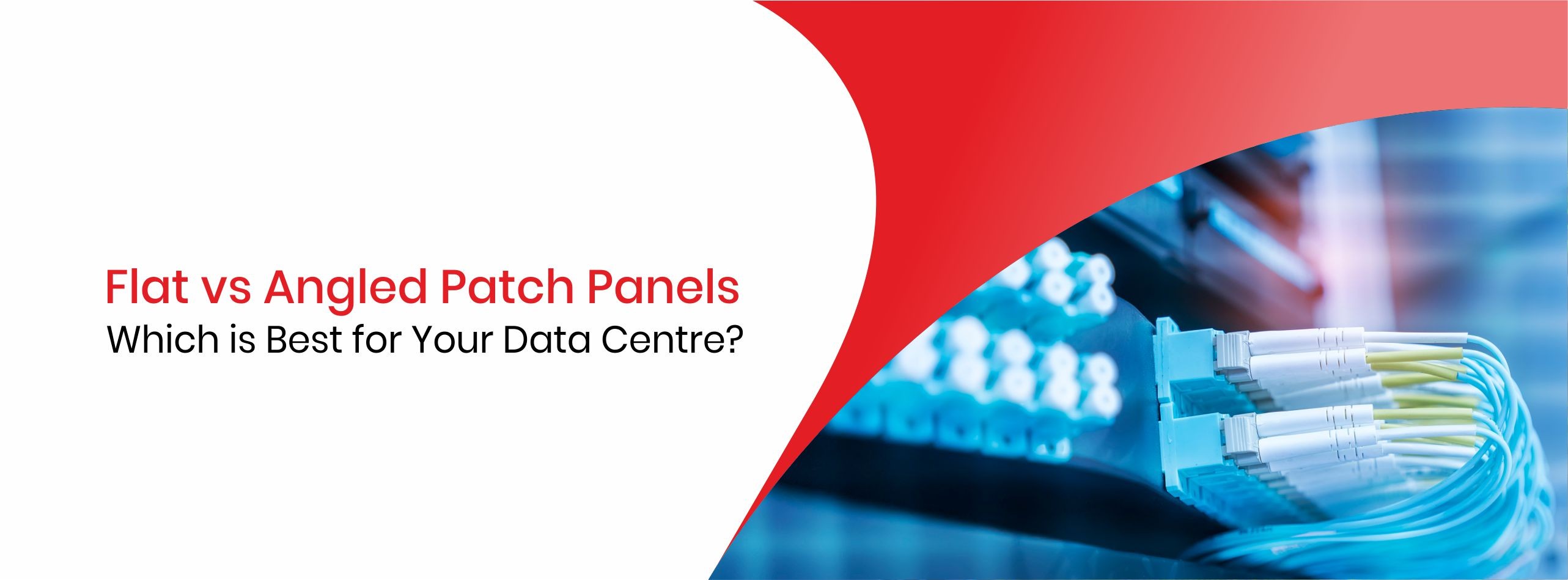Fill out your details and our executive will get in touch with you soon.











































































































































Cat6 or category 6 cabling is the 6th generation of twisted ethernet pairing cables. The four twisted wire pairs can allow frequencies of up to 250MHz. The copper wires ensure maximum level of performance. It is used in 100BASE-TX, 100BASE-T(gigabit applications) and 100GBASE T (gigabit ethernet) applications. The high transferability speed of Cat6 cables makes it extremely suitable for offices, homes and data centres. The speed of transferability is mainly because of the four pairs of cables working together instead of two which is found in the earlier version of Cat 5e. But Cat6 cable uses the similar connector port Cat5e which is called the RJ45. The maximum limit that can be transferred by Cat6 is 10 Gigabit Ethernet upto a maximum of 55m.
Having an in-depth analysis of the usage for which Cat6 cable will help in saving time and money. Once the need of Cat6 cable is analysed and understood, the next step is to choose the Cat6 cable according to relevant considerations and requirements. There are different types of Cat6 ethernet cables that are classified according to the different requirements they are used for like shielding type, conductor type,etc. Each Cat6 cable has different features to accommodate specific uses.
Shielded Cat6 cables are basically used for spaces which ideally require high speed data transmission like data centres and offices which solely thrive on data connections. The shielded Cat6 cable comes in a twisted pair which is protected within a confined foil. The foil protects the data transmission from electromagnetic interferences or radio frequency interferences. It will also ensure that there are fewer errors while transmission of data.
Unshielded Cat6 cables help reduce noise interferences and cross talks and provide lesser resistance against radio frequency interference and electromagnetic interference. But, nevertheless it can never suffice the protection level of shielded cables. As there is no drain wire involved, unshielded Cat6 cables are far easier to install than the shielded cables. Unshielded Cat6 cables are the most common type used in desktop communication applications.
Solid cable is made up of single copper wire but stranded cables have more than one copper wire twister together. As stranded cables have a series of copper wires, it increases the flexibility of movement. Hence, stranded cables can be exclusively used at a desk and can be moved around. Solid cables are less flexible than the stranded cables but highly durable because of their large single core. Solid cables have better attenuation which makes it extremely reliable for high transmission speeds and higher data rates. Solid cables can also be placed as permanent installations outdoors and indoors. As stranded cables have lesser attenuation compared to solid cables, the stranded should be kept close so as to reduce further attenuation. Stranded cables have comparatively higher productive costs when compared to solid cat6 cables.
Cat6 cables are also decided on the basis of its location as to where it is used. Cat6 CM cables are used usually in single story or commercial buildings. Cat6 CMR cable or Riser cables are used to prevent fires spreading between floors through risers or vertical shafts. Cat6 CMP cable or plenum cables are used where the cables are placed in enclosed spaces like air ducts, in case the cables catch fire it does not let out toxic gases because of the jacket made out flame retard material.
Length and colour of the Cat6 cables are also factors up for consideration while deciding on the Ethernet Cat6 cable. The Cat6 Patch cables come in shorter lengths as 0.15m and the higher length being 55m to 61m, and Cat6 cables come up to 90 m. The cable length is determined on the basis of two factors: the distance between network devices and the ability to accommodate extra length in case of needed expansion. There are different colours available in which blue is the most preferred colour.

















